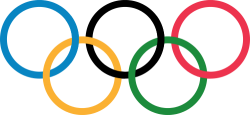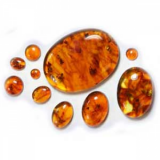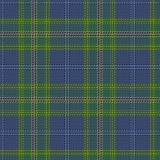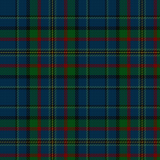What's the meaning of the The Olympic Symbol »
The Olympic Symbol
This page is about the meaning, origin and characteristic of the symbol, emblem, seal, sign, logo or flag: The Olympic Symbol.

The Olympic symbols are icons, flags and symbols used by the International Olympic Committee to promote the Olympic Games. Some - such as the flame, fanfare, and theme - are more common during Olympic competition, but others, such as the flag, can be seen throughout the year.
The symbol of the Olympic Games is composed of five interlocking rings, coloured blue, yellow, black, green, and red on a white field, known as the "Olympic rings". The symbol was originally designed in 1912 by Baron Pierre de Coubertin, co-founder of the modern Olympic Games. According to Coubertin, the ring colours with the white background stand for those colors that appeared on all the national flags that competed in the Olympic games at that time. Upon its initial introduction, Coubertin stated the following in the August, 1912 edition of Olympique:
"...the six colours [including the flag’s white background] thus combined reproduce the colours of all the nations, with no exception. The blue and yellow of Sweden, the blue and white of Greece, the tri- colours of France, England and America, Germany, Belgium, Italy, Hungary, the yellow and red of Spain next to the novelties of Brazil or Australia, with old Japan and new China. Here is truly an international symbol."
In his article published in the "Olympic Revue" the official magazine of the International Olympic Committee in November 1992, the American historian Robert Barney explains that the idea of the interlaced rings came to Pierre de Coubertin when he was in charge of the USFSA, an association founded by the union of two French sports associations and until 1925, responsible for representing the International Olympic Committee in France: The emblem of the union was two interlaced rings (like the vesica piscis typical interlaced marriage rings) and originally the idea of Swiss psychiatrist Carl Jung: for him, the ring symbolized continuity and the human being.
The 1914 Congress had to be suspended because of the outbreak of World War I, but the symbol and flag were later adopted. They would first officially debut at the Games of the VII Olympiad in Antwerp, Belgium in 1920.
The symbol's popularity and widespread use began during the lead-up to the 1936 Summer Olympics in Berlin. Carl Diem, president of the Organizing Committee of the 1936 Summer Olympics, wanted to hold a torchbearers' ceremony in the stadium at Delphi, site of the famous oracle, where the Pythian Games were also held. For this reason he ordered construction of a milestone with the Olympic rings carved in the sides, and that a torchbearer should carry the flame along with an escort of three others from there to Berlin. The ceremony was celebrated but the stone was never removed. Later, two British authors Lynn and Gray Poole when visiting Delphi in the late 1950s saw the stone and reported in their "History of the Ancient Games" that the Olympic rings design came from ancient Greece. This has become known as "Carl Diem's Stone". This created a myth that the symbol had an ancient Greek origin. The rings would subsequently be featured prominently in Nazi images in 1936 as part of an effort to glorify the Third Reich.
The current view of the International Olympic Committee (IOC) is that the symbol "reinforces the idea" that the Olympic Movement is international and welcomes all countries of the world to join. As can be read in the Olympic Charter, the Olympic symbol represents the union of the five regions of the world and the meeting of athletes from throughout the world at the Olympic Games. However, no continent is represented by any specific ring. Prior to 1951, the official handbook stated that each colour corresponded to a particular continent: blue for Europe, yellow for Asia, black for Africa, green for Australia and Oceania and red for America (North and South considered as a single continent); this was removed because there was no evidence that Coubertin had intended it (the quote above was probably an afterthought).
- 2,653 Views
Graphical characteristics:
Asymmetric, Closed shape, Colorful, Contains curved lines, Has crossing lines.
Category: Miscellaneous.
More symbols in Miscellaneous:
Symbols without any special category attribution but that are widely used worldwide. read more »
Citation
Use the citation below to add this symbol to your bibliography:
Style:MLAChicagoAPA
"The Olympic Symbol." Symbols.com. STANDS4 LLC, 2024. Web. 18 Apr. 2024. <https://www.symbols.com/symbol/the-olympic-symbol>.








Have a discussion about The Olympic Symbol with the community:
Report Comment
We're doing our best to make sure our content is useful, accurate and safe.
If by any chance you spot an inappropriate comment while navigating through our website please use this form to let us know, and we'll take care of it shortly.
Attachment
You need to be logged in to favorite.
Log In